Description
Key Features of Mastic Gum Supplements
Mastic Gum Supplement has been traditionally used for the treatment of dyspepsia and other disorders of the digestive tract. Mastic gum has been shown in a recent study to apparently inhibit growth of H. pylori as well as act as an antibiotic against the bacterium. Mastic gum recently has been tested against ulcer formation and healing in various models.
Mastic Gum (Chios Mastic Mastiha) is a resin obtained from the mastic tree (Pistacia lentiscus). Mastic Gum is also know as Arabic Gum or Yemen gum. In Greece, it is also knows as “tears of Chios” as it is produced from mastic tree in the form of “tears” or droplets.
Health Benefits of Mastic Gum Supplement
Mastic Gum possesses antioxidant, anti-inflammatory, antibacterial, and liver-protecting properties. Traditionally Mastic gum has been used as a natural remedy for the following health conditions:
- Bacterial infections
- Fungal infections
- Heartburn
- High cholesterol
- Indigestion
- Inflammatory bowel disease
- Respiratory problems
- Ulcers
Jarrows Formulas Mastic Gum Supplements Facts: |
||
| Serving Size: 2 Capsules | ||
| Servings Per Container: 30 | ||
| Amount Per Serving | % DV | |
| Mastic Gum (Pistacia lentiscus) (stem) | 1000 mg | * |
| * Daily Value not established. | ||
Suggested Use of Jarrows Formulas Mastic Gum Supplements
Usage: Take 2 capsules per day with water or juice before breakfast or as directed by your qualified healthcare professional.
Other Ingredients of Jarrows Formulas Mastic Gum Health Supplements
Magnesium stearate (vegetable source), silicon dioxide and cellulose. Capsule consists of gelatin and titanium dioxide.
No wheat, no gluten, no soybeans, no dairy, no egg, no fish/shellfish, no peanuts/tree nuts.
Warnings
Keep out of the reach of children.
Sources of Information on Mastic Gum
Aksoy A, Duran N, Koksal F. “In vitro and in vivo antimicrobial effects of mastic chewing gum against Streptococcus mutans and mutans streptococci.” Arch Oral Biol. 2006 Jun;51(6):476-81.
Dabos KJ, Sfika E, Vlatta LJ, Frantzi D, Amygdalos GI, Giannikopoulos G. “Is Chios mastic gum effective in the treatment of functional dyspepsia? A prospective randomised double-blind placebo controlled trial.” J Ethnopharmacol. 2010 Feb 3;127(2):205-9.
Giaginis C, Theocharis S. “Current evidence on the anticancer potential of Chios mastic gum.” Nutr Cancer. 2011 Nov;63(8):1174-84.
Koutsoudaki C, Krsek M, Rodger A. “Chemical composition and antibacterial activity of the essential oil and the gum of Pistacia lentiscus Var. chia.” J Agric Food Chem. 2005 Oct 5;53(20):7681-5.
Mahmoudi M, Ebrahimzadeh MA, Nabavi SF, Hafezi S, Nabavi SM, Eslami Sh. “Antiinflammatory and antioxidant activities of gum mastic.” Eur Rev Med Pharmacol Sci. 2010 Sep;14(9):765-9.
Paraschos S, Mitakou S, Skaltsounis AL. “Chios gum mastic: a review of its biological activities.” Curr Med Chem. 2012;19(14):2292-302.

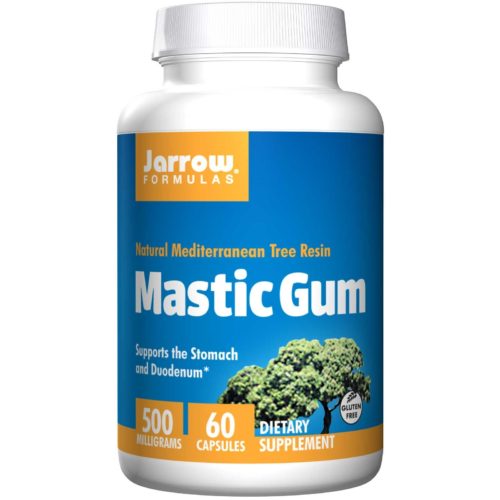
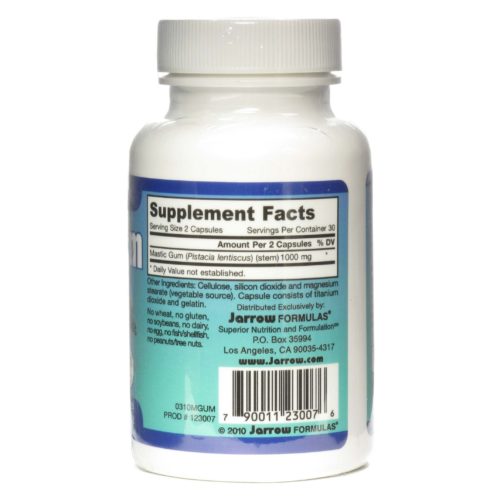
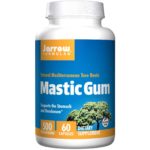
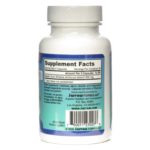
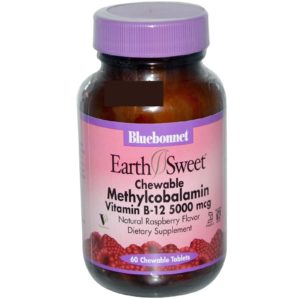
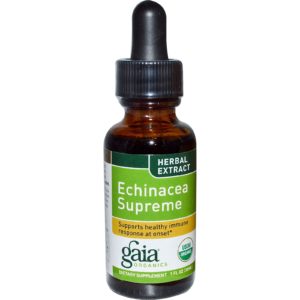

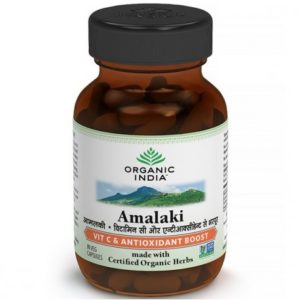
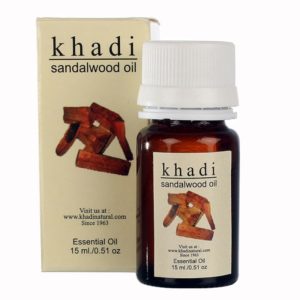

Reviews
There are no reviews yet.